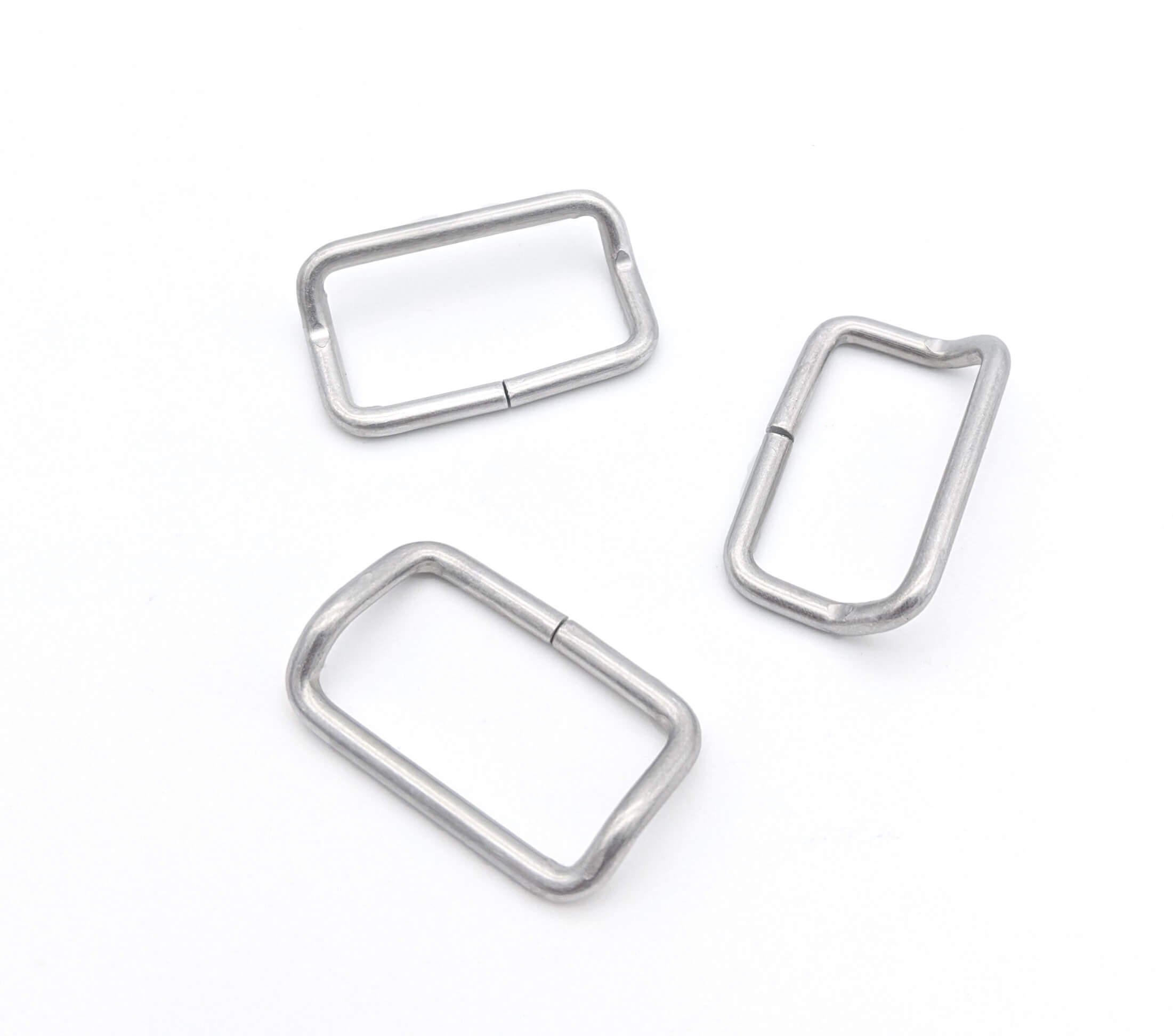Get unique, complex parts easily. No matter your requirements, Chaoyi Spring creates hard-to-produce coil springs and wire forms.
Let us help you create the custom wire form you need, from S-hooks and J-hooks to utility hooks and more.
We work closely with customers across a wide range of industries, helping them design and manufacture made-to-order parts.
Why choose Chaoyi Spring? We prioritize customer-focused collaboration, modern equipment and the latest technology to make your parts per print.
Find the information and guidance you need, from measuring a spring to learning about materials, placing an order and much more.
Springs, those seemingly simple coils of metal, play a vital role in countless aspects of our lives. From the bouncy suspension of our cars to the delicate mechanism of a


Springs, those seemingly simple coils of metal, play a vital role in countless aspects of our lives. From the bouncy suspension of our cars to the delicate mechanism of a wristwatch, springs are the unsung heroes of modern engineering. They are versatile, reliable, and often surprisingly complex, embodying the principle of stored energy that fuels countless applications. Let's delve into the fascinating world of springs, exploring their history, types, physics, and how they contribute to a more comfortable, functional, and enjoyable world.

The concept of springs is as old as humanity itself. Simple, non-coiled springs, like bows and arrows, were used throughout history. These primitive tools demonstrated the fundamental principle of storing and releasing energy through bending or flexing. The Bronze Age brought about more sophisticated spring devices, with tweezers appearing in various cultures. Ctesibius of Alexandria, a renowned inventor, developed a method for creating springs from a tin-rich bronze alloy, which was hardened by hammering. This marked a significant step in spring technology.
Coiled springs emerged around the 15th century, initially employed in door locks. As technology progressed, these coiled marvels found their way into clock mechanisms, paving the way for the first large watches in the 16th century. The 17th century saw a landmark development when British physicist Robert Hooke formulated his now-famous law, which established the linear relationship between the force applied to a spring and its extension or compression.
Springs come in a dazzling variety of shapes and sizes, each tailored to a specific application. They can be classified based on their load application, shape, or specific function. Here's a glimpse into the diverse world of spring types:
At the heart of spring behavior lies Hooke's law, a fundamental principle of elasticity. This law states that the force a spring exerts is directly proportional to its extension or compression. In simpler terms, the more you stretch or compress a spring, the stronger the force it will resist with. Mathematically, this is represented as:
F = -kx
Where:
This equation tells us that the force is always in the opposite direction to the displacement. If you stretch the spring (positive x), the force will be negative (pulling back), and vice versa. This is why springs are so effective at returning to their original shape after being deformed.
Beyond Hooke's law, the study of springs involves understanding concepts like simple harmonic motion, energy dynamics, and the relationship between frequency and period. These concepts are essential for predicting and controlling the behavior of springs in various applications.
Springs, though often overlooked, play a vital role in our modern world. They are the backbone of countless devices, from everyday objects to advanced machinery. Their ability to store and release energy makes them indispensable in countless applications, providing comfort, precision, and functionality to our lives. They are a testament to the ingenuity and creativity of human engineers, showcasing the power of simple principles to create solutions that improve our world in countless ways.
The next time you encounter a spring, take a moment to appreciate its intricate design and the role it plays in the world around you. From the gentle bounce of a trampoline to the precise timing of a clock, springs are everywhere, working tirelessly to make our lives easier, more efficient, and more enjoyable.
Browse some of the custom wire forms and springs that we manufacture. Don’t see what you need? We specialize in made-to-order products that meet your application requirements.
Visit Our GalleryNeed a custom wire form or coil spring? We make it work. Fill out the contact form and a representative will respond within 1 business day. If you have a PDF or CAD file, you can submit to request a quote.